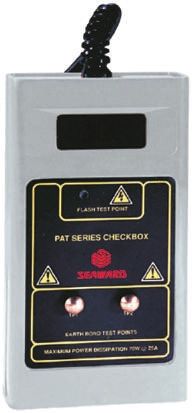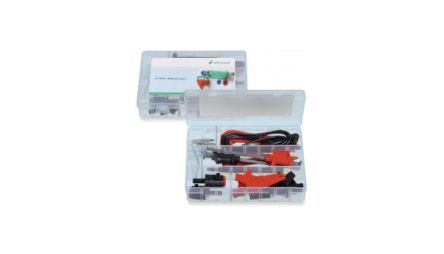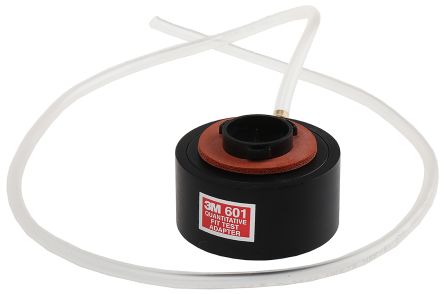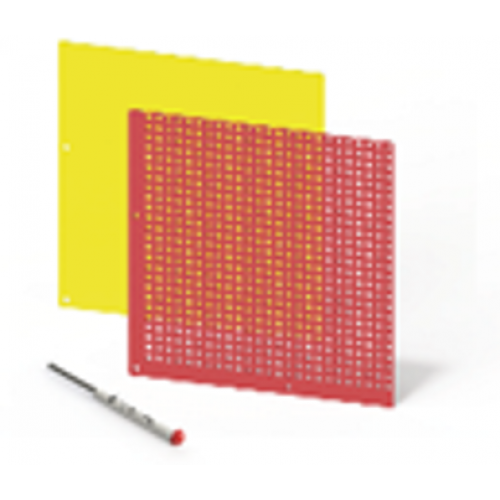
Brand
- Festo 1.109
- Watco 786
- APEC 498
- Gates 364
- Sealey 328
- SKF 322
- Ping 205
- Kustom Kit 201
- IMI Norgren 192
- MonsterShop 187
- Bott 165
- Slingsby 140
- BLUE PRINT 131
- Racinglines 117
- Wurth Elektronik 115
- EssentialPhoto 113
- RS PRO 112
- PiXAPRO 104
- SACHS 102
- Bi-Office 94
- FAG 90
- Eclipse 89
- Agilent 86
- Maxim Integrated 84
- INA 83
- VALEO 82
- Moon Magic 81
- BGA 80
- Beeswift 79
- CRC Press 79
- 3M 78
- Neo 76
- Schneider Electric 73
- Sunflower 68
- Laser 60
- Microchip 59
- Corsair 55
- Elka 53
- Thermo Scientific 53
- FEBI 50
- Siemens 50
- Ohaus 46
- Parweld 46
- Sweaty Betty 46
- EssentialPhoto & Video 42
- Godox 40
- Lovibond 40
- Routledge 40
- Gordon Measurement 39
- U Power 39
- Sykes-Pickavant 38
- Dell 37
- Spilkleen 37
- Textar Brakes 37
- YouGarden 37
- SMC 36
- Kinesis 35
- Bosch 34
- Shire 33
- V-Tuf 33
- Ecospill 30
- Huntingdon Fusion Techniques 30
- Newstar 30
- Sareer Furniture 30
- Sigma Aldrich 30
- Savings Store 29
- Fluke 28
- FIRST LINE 27
- Meritor Hvs 26
- Ringtail 26
- Rutland 26
- STMicroelectronics 26
- Wilson 26
- Belveto 25
- HP 25
- KNORR BREMSE 25
- Parker 25
- Simply 25
- StarTech.com 23
- Don Brakes 22
- EUROKRAFTpro 22
- Eaton 22
- Kingston 22
- ProDec 22
- cubio 22
- BearTOOLS 21
- Nobo 21
- Pramet 21
- Reliance Medical 21
- Carl Roth 20
- Craig & Derricott 20
- Draper 20
- HellermannTyton 20
- Hewlett Packard 20
- Kyocera 20
- Rittal 20
- Ergomat 19
- Honeywell 19
- ABB 18
- BTN TURBO 18
Colour
- black 243
- white 147
- Black 117
- anthracite/grey 71
- grey 67
- Multi 60
- light grey 60
- blue 56
- olive 53
- White 52
Size
Gender
Merchant
- Zoro UK 8.241
- RS Components UK 1.155
- Essential Photo 325
- Zoro UK Limited 312
- Acorn Fire & Security 221
- Home Done 165
- AWD IT 162
- Craigmore UK 152
- Routledge 147
- Golf Gear Direct 140
- Click Golf 134
- Seal Medical 98
- Belveto 92
- Moon Magic 81
- Marks & Spencer UK 77
- Your Stylish Home 76
- Donaghy Bros UK CSS 62
- QD Stores 59
- Cherry Lane 48
- Glisshop uk 48
- Dell 44
- Bathshack.com 37
- YouGarden 37
- Home Living Luxury 32
- AndLight.co.uk 29
- Car Smart 28
- Lime Lace 21
- EasyEquipment.com 19
- Ann's Cottage 18
- Grace & Co Jewellery 18
- Hershesons 18
- Vivomed 16
- Wrong Weather 16
- BPC Ventilation 15
- Meowmai 15
- Faucet Deluxe 14
- JP Cages 13
- Liverpool FC 13
- MyTrendyPhone.co.uk 11
- Workwear Supermarket 10
- Mobility Smart 9
- PVC Cladding 9
- Kick Game 8
- Bioethanol-Fireplace.co.uk 6
- Gadgetmastersonline 6
- Lyle & Scott 6
- Watson & Webb 6
- Compatink 5
- FinerFilters Ltd. 4
- Force Fitness 4























